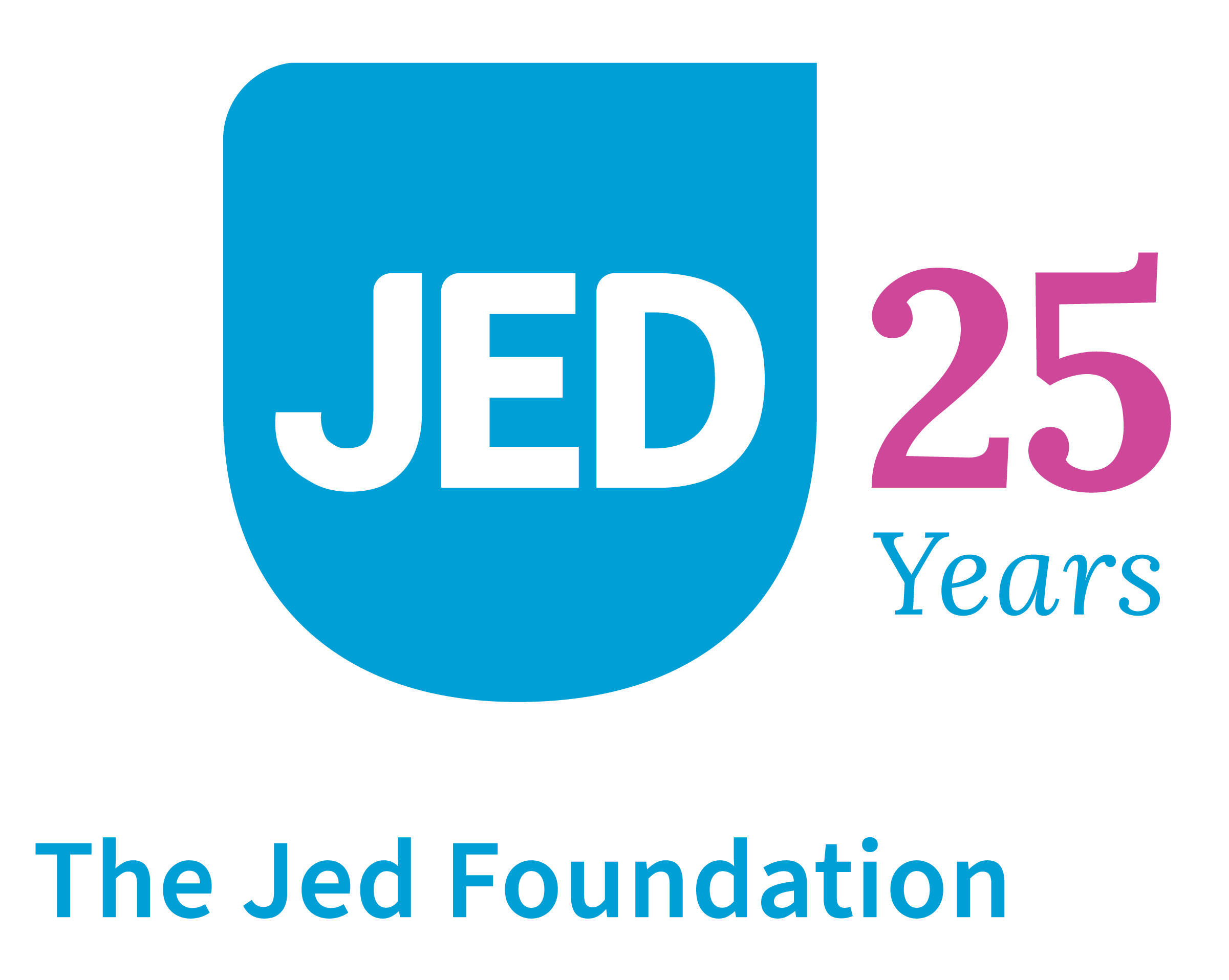Understanding Obsessive Compulsive Disorder

Obsessive compulsive disorder, or OCD, is a mental health condition that involves frequent unwanted thoughts (obsessions) and repetitive behaviors (compulsions.) OCD is a kind of anxiety disorder because unwanted intrusive thoughts often cause distress and anxiety, and repetitive behaviors are most often an effort to manage persistent unwanted thoughts. Not repeating compulsive behavior can also increase anxiety.
Obsessions and compulsions can be disruptive to everyday life. This is because routines for compulsive behaviors are often time-consuming and intense—and to someone struggling with OCD, they can feel unavoidable. If obsessive thoughts or compulsive actions are disrupting your daily life, it’s important to understand the symptoms of OCD, how it’s related to other mental health challenges, and how to seek help.
Common Types of Obsessive Compulsive Disorder
Obsessions are frequent unwanted thoughts, urges, or mental images that can cause distress. Compulsions are repetitive behaviors that are a response to those obsessions. To be diagnosed with OCD, you do not have to have both obsessions and compulsions. It’s possible to struggle with compulsions on their own, or just obsessions—that’s sometimes called “Pure-O” instead of OCD.
Obsessive compulsive disorder can present in different ways, and is commonly broken down into four different categories:
Cleaning and Contamination
Cleaning-related OCD goes beyond having a clean home or office. It is driven by obsessive fears about being exposed to dirt, germs, or other things that can make you sick—even if the fear of exposure to a certain contaminant isn’t logical. Symptoms include:
- Constantly fearing exposure to germs, bodily fluids, toxic substances, viruses, or other things that can make you sick
- Constantly feeling dirty or unclean, either physically or mentally
- Avoiding possible sources of contamination
- Feeling compelled to clean or get rid of items you consider dirty—even if they aren’t dirty
- Engaging in specific rituals around cleaning or washing, such as washing your hands or scrubbing a surface a certain number of times
- Repeatedly asking others to check for contamination on your own body or in areas you consider dirty
Symmetry and Ordering
Symmetry-related OCD is more than preferring things to be neat and orderly. It is driven by a fear that certain objects or actions lack symmetry. Someone with this type of OCD may spend a lot of time trying to get things “just right.” Symptoms include:
- Feeling an extreme need for symmetry or a specific organization in items
- Feeling compelled to arrange items until they feel “just right”
- Feeling incomplete when items aren’t lined up exactly right
- Engaging in counting rituals, such as needing to count to a specific number a certain number of times
- Engaging in organizing rituals, or having specific ways of aligning objects
- Believing something bad will happen if you don’t organize things in the right way
- Needing your actions to be symmetrical. For example, if you wash your left hand, you must also wash your right hand.
Forbidden Thoughts
We all have thoughts that enter our minds without warning, and most of us can let them pass through our minds without getting stuck on them. But for someone with forbidden intrusive thoughts, these thoughts may be graphic or offensive, and they are not able to control them. They may develop a lot of shame or anxiety around their thoughts. Symptoms include:
- Frequently having unwanted intrusive thoughts that may be sexual, violent, or religious in nature
- Feeling extreme guilt, shame, or anxiety about your unwanted thoughts
- Constantly questioning your sexual orientation or sexual desires because of your thoughts
- Constantly worrying that you’ll act on your intrusive thoughts, and seeking reassurance that you won’t act on them
- Constantly feeling that having intrusive thoughts makes you a bad person, and seeking reassurance that you’re not
- Frequently worrying that you’ll harm yourself or someone else without meaning to, and reviewing your actions to make sure you haven’t hurt anyone
- Feeling compelled to hide things you could use as a weapon
- Feeling fixated on religious ideas that feel blasphemous or wrong
- Feeling like your forbidden thoughts have caused bad things to happen to you or others
- Using mental rituals to prevent or get rid of your thoughts
Hoarding
Compulsive hoarding is when someone feels a deep need to collect and keep certain items—even things that appear useless or of little value to most people. The need to continue collecting items can increase clutter to the point that it interferes with personal space, or takes up so much focus that it interrupts everyday activities. Symptoms include:
- Feeling compelled to buy multiples of the same item, even if you don’t need that many
- Feeling compelled to check or review your possessions
- Constantly worrying that throwing something away could bring harm to you or someone else, or feeling a need to collect a certain number of items to protect you or someone else from harm
- Fearing throwing away an important item by accident
- Not throwing away an item because you fear exposure to germs on the item itself
- Feeling anxious or incomplete if you can’t find an item, accidentally lost it, or threw it away
How Common is OCD?
About two percent of adults have been diagnosed with obsessive compulsive disorder. Symptoms often start at a young age: nearly 25 percent of adults who were diagnosed say their symptoms began when they were as young as 14 years old.
How OCD Relates to Other Mental Health Challenges
Just as it’s possible for OCD to present in different ways, it’s also possible to be experiencing symptoms of OCD at the same time you’re facing other mental health challenges. Some of the most common are:
OCD and General Anxiety Disorders
Generalized anxiety disorder is a mental health condition characterized by jumpy, unfocused thoughts and impulses that disrupt our lives—like schoolwork, work performance, or relationships—for a significant period of time. Because anxiety plays a major role in obsessive compulsive disorder, it can get mistaken for other anxiety disorders. While it’s possible to have OCD along with another anxiety disorder, it is also possible just to have OCD.
OCD and Depression
People with OCD can also develop depression. Sometimes the depression can be more recognizable than other symptoms of OCD, which can lead to a misdiagnosis. If you are struggling with depression as a result of your OCD, it’s important to recognize the signs of OCD, like those listed here, and get treatment for both.
How Obsessions and Compulsions Relate to Eating Disorders
Eating disorders have a similar pattern to obsessive compulsive disorder: an obsession over weight or body image causes a person anxiety, and they engage in compulsive behaviors—like excessive dieting or exercising, or frequent purging—to control their anxiety. The symptoms of eating disorders are also disruptive to regular routines around food, like cooking or sharing meals.
However, it’s also important to understand that a person can have food-related OCD without having an eating disorder. If someone is engaging in certain behaviors related to food that doesn’t serve the purpose of controlling their weight or body image—for example, counting pieces of food or cleaning food to avoid germs—they may have food-related OCD.
What’s the Difference Between Obsessive Compulsive Disorder and Obsessive Compulsive Personality?
OCD is often portrayed as perfectionism or a need for control. In fact, those are the signs of obsessive-compulsive personality disorder, which is more common than OCD. Because they look similar, it’s sometimes hard to tell the difference between the two.
The biggest difference between the two disorders is how someone reacts to their compulsions and/or behavior. People with obsessive compulsive disorder tend to feel anxious when they are not able to have things the way they want them to be, and their own behavior can be distressing to them. On the other hand, people with obsessive-compulsive personality disorder tend to feel angry if things are not the way they want them to be—because they truly believe their way is the correct way.
Treating Obsessive Compulsive Disorder
If you are concerned that you may be struggling with obsessive compulsive disorder, it’s important to talk to a medical professional about your symptoms. As reviewed, OCD has similar symptoms to a number of other mental health issues, so it’s important to have an official diagnosis from a medical professional. They can help you determine what type of treatment is right for you.
OCD is typically treated with a combination of therapy and medication. A specific type of therapy called Exposure and Response Prevention (ERP)— which safely exposes a person to the trigger for their anxiety as a way of lessening the OCD response—can help to reduce or even prevent repetitive behaviors. Outside of therapy and medication, relaxation techniques that reduce anxiety can help, such as meditation, yoga, or other self-care practices.
With the right treatment, the symptoms of OCD can become more manageable. Improving the symptoms of OCD can improve your overall quality of life.






